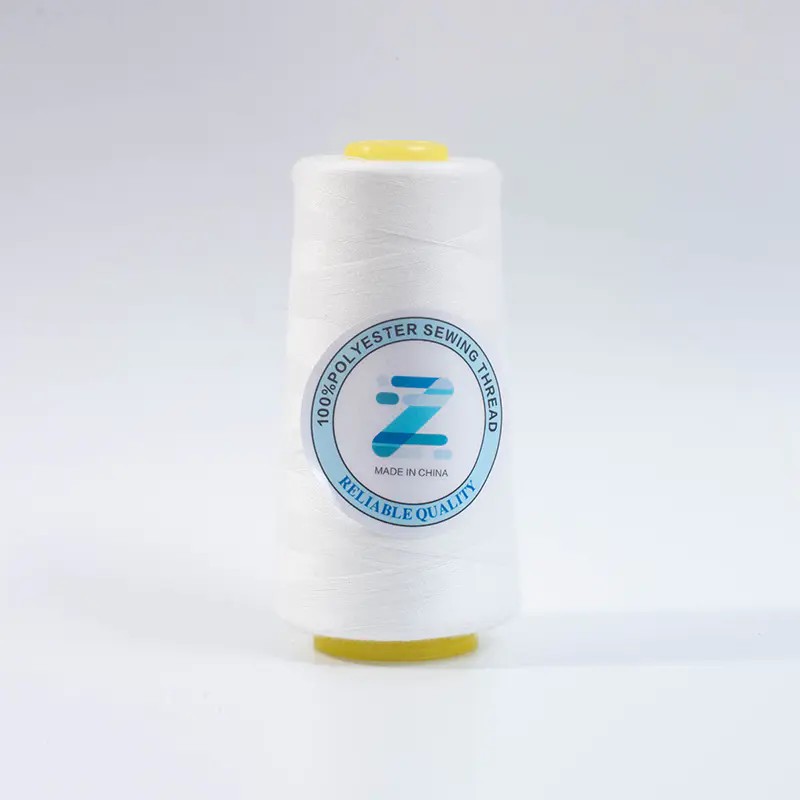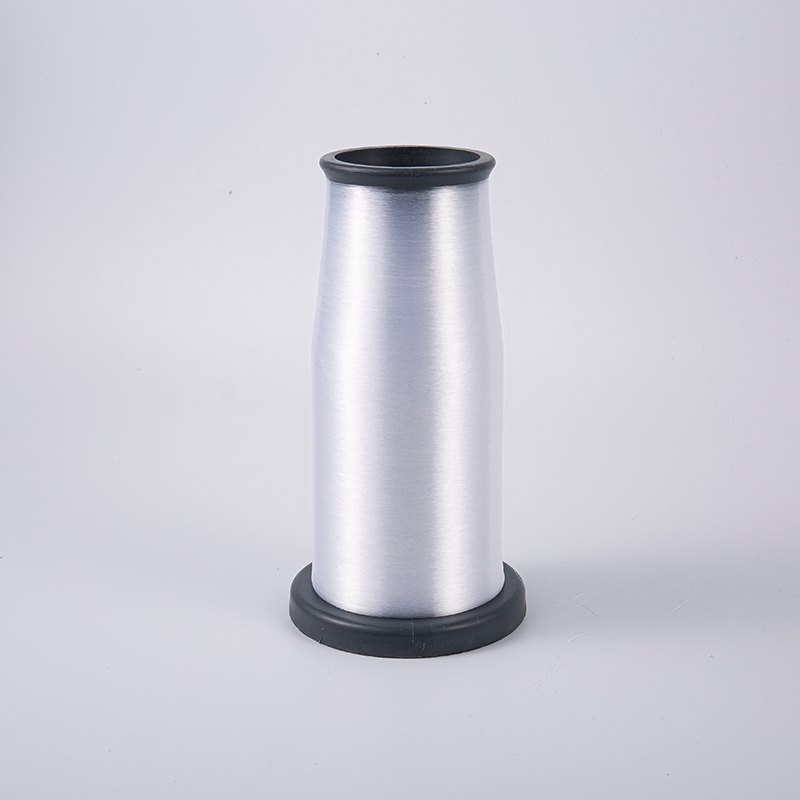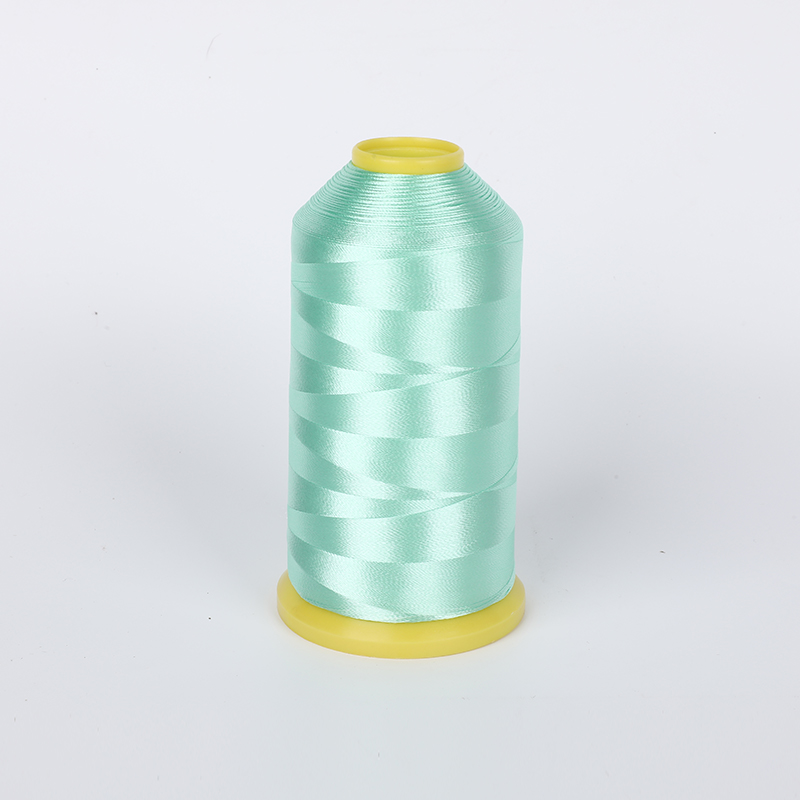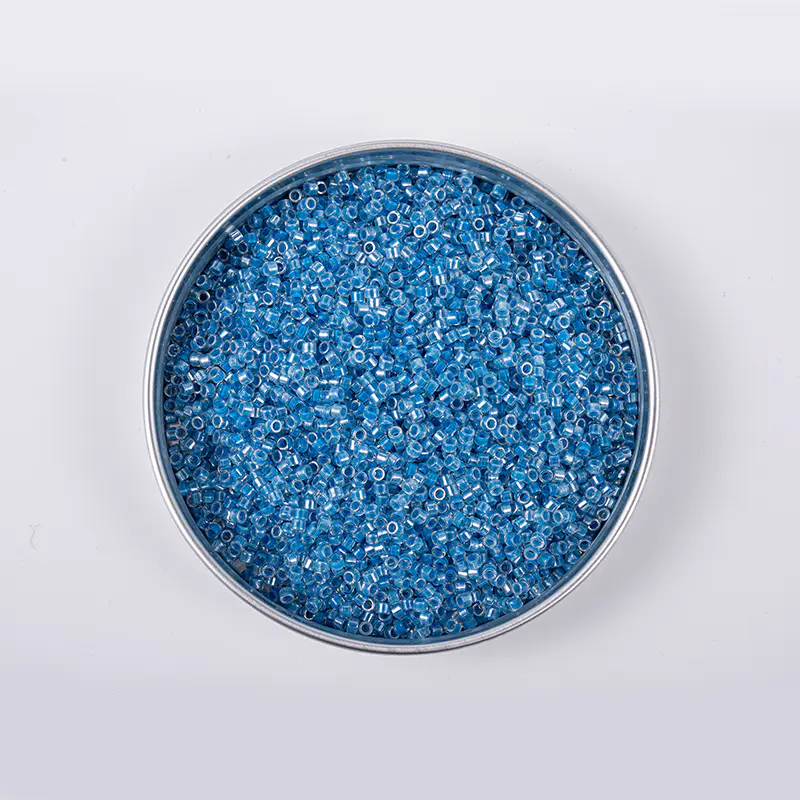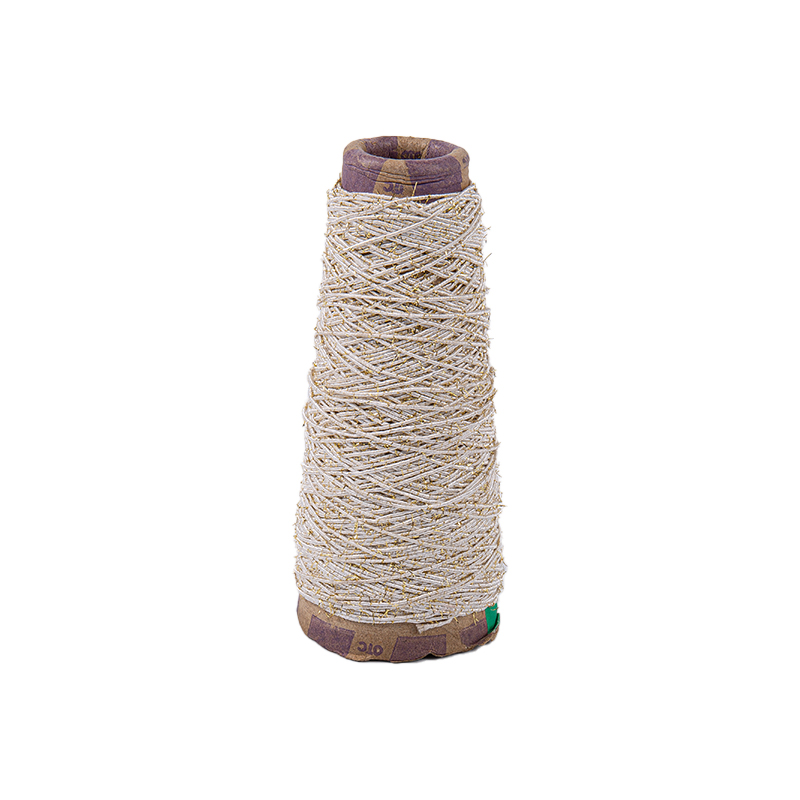Content
In recent years, yarn, as a key material in the fashion and craft worlds, has gradually become a top choice for designers and craft enthusiasts. Whether used in clothing design, home decor, or handmade crafts, yarn adds a unique texture and charm to every piece. However, with evolving fashion trends, the types and applications of yarn have also undergone significant changes, with sequin yarn emerging as a new trend. Many are comparing sequin yarn with traditional yarn. What are the advantages of each, and which one is right for you?
What are sequin yarn and traditional yarn?
Sequin yarn, as the name suggests, is regular yarn with decorative elements such as sequins added. Sequin yarn typically features sequins made of metal, plastic, or other reflective materials. These sequins create a shimmering effect on the yarn, making the piece even more dazzling under light. Sequin yarn is often used in designs requiring a high sheen and decorative effect, such as evening gowns, party wear, wedding dresses, and handicrafts.
Traditional yarn refers to yarn without any decoration, usually woven from natural or synthetic fibers such as wool, cotton, linen, nylon, etc. This type of yarn usually has a relatively plain appearance and is suitable for making comfortable and durable clothing and daily necessities such as sweaters, scarves, socks, etc.
Advantages and Disadvantages of Sequin Yarn
Advantages
(1) Shiny effect, extremely visually attractive: The biggest feature of sequin yarn is its strong shimmering effect, which makes the work very attractive. Under the illumination of light, sequin yarn will reflect a dazzling light, which is very suitable for occasions that need to emphasize luxury and festive atmosphere, such as weddings, parties or red carpet events.
(2) Enhance the sense of grade of the work: Works using sequin yarn tend to look more refined and luxurious, so they are very suitable for the fashion field. By adding sequin elements to traditional clothing, designers can create a more visually impactful design and enhance the overall grade and appeal of the clothing.
(3) Diverse design possibilities: Sequin yarn is not limited to simple decorative effects; its diversity also provides designers with more creative space. For example, designers can choose sequins of different colors, sizes, and shapes, and can even create unique effects by combining sequin yarn with other fabrics.
Disadvantages
(1) Poor feel: Although sequin yarn is visually attractive, its texture is relatively stiff and is generally not as soft to the touch as traditional yarn. Therefore, sequin yarn is not suitable for clothing that requires a skin-friendly feel, such as underwear, T-shirts, etc.
(2) Difficulty in weaving: Due to the complex structure of sequin yarn, special care must be taken when weaving to avoid sequins falling off or tangling. Compared with traditional yarn, weaving with sequin yarn may require more skills and time, especially in handicrafts, which are more difficult to produce.
(3) Easy to fade and wear: The sequin material of sequin yarn may be easily worn or faded, especially when worn or washed frequently. Compared with traditional yarns, sequin yarns have poorer durability and abrasion resistance, so the color may fade during daily wear or long-term use.
Advantages and Disadvantages of Traditional Yarns
Advantages
(1) Comfort and Softness: Traditional yarns are generally made of natural fibers, such as wool and cotton, which have a natural softness and comfort. Especially in winter, clothes made of traditional yarns such as wool and cotton can provide good thermal insulation and breathability, ensuring the comfort of the wearer.
(2) Easy to weave and process: Traditional yarns are relatively simple to use and weave, suitable for all kinds of handicraft enthusiasts. Both novices and experienced craftsmen can quickly get started and complete various basic or complex weaving patterns. In addition, traditional yarns have high strength and durability, are easy to maintain their shape, and are not prone to deformation or wear.
(3) Strong Sustainability: Traditional yarns made of natural fibers are generally more environmentally friendly, especially organic cotton, wool and other materials. Compared with chemically synthesized sequin yarn, traditional yarn usually has a lower ecological footprint and is more in line with modern people's demand for environmental protection and sustainable development.
Disadvantages
(1) Lack of visual impact: Traditional yarns are relatively plain in appearance and lack a shiny effect. Although some designers can give traditional yarns more aesthetic value through special weaving techniques or dyeing methods, their visual appeal is still relatively simple compared to sequin yarn.
(2) Large restrictions: Although traditional yarns are widely used in design, they are often limited by the natural properties of the material. In some special clothing or occasions, the expressiveness of traditional yarns may be insufficient, making it difficult to show the luxury and party atmosphere of sequin yarn.
|
Feature |
Sequin Yarn |
Traditional Yarn |
|
Visual Effect |
Shiny, decorative, highly eye-catching |
Plain, understated, lacks sparkle |
|
Comfort |
Stiff texture, not suitable for skin-contact garments |
Soft and comfortable, suitable for close-fitting clothes |
|
Knitting Difficulty |
High, sequins may fall off or tangle |
Low, easier to knit and handle |
|
Durability |
Poor, prone to wear and fading |
Good, durable, resistant to abrasion |
|
Application |
Evening gowns, party outfits, wedding dresses, high-end occasions |
Daily wear, home décor, knitwear |
|
Eco-friendliness |
Contains synthetic materials, less eco-friendly |
Made from natural fibers, more eco-friendly and sustainable |
|
Design Flexibility |
Offers rich design possibilities for decoration |
Relatively simple, limited by the material itself |
Which yarn is suitable for you?
1. If you need a design full of luxury and visual impact, sequin yarn is undoubtedly a better choice: it is suitable for evening dresses, party wear, wedding dresses and other occasions, and can bring stronger visual appeal and unique design effects. If you are a fashion designer or engaged in high-end customization, sequin yarn will open up more creative space for you.
2. If you prioritize comfort, durability, and environmental friendliness, traditional yarns are more suitable for everyday wear: Traditional yarns are suitable for everyday items like sweaters, scarves, and socks, ensuring comfort and longevity. Furthermore, natural fibers like wool and cotton are not only skin-friendly but also breathable and warm.
3. If you're a craft enthusiast who wants to create unique and creative pieces, your yarn choice depends on your specific needs. If you're creating decorative items that require a high sheen and sparkle, sequin yarn will be essential. On the other hand, if you're creating warm home decor or clothing, traditional yarns are more suitable and easier to work with.



 عربى
عربى
